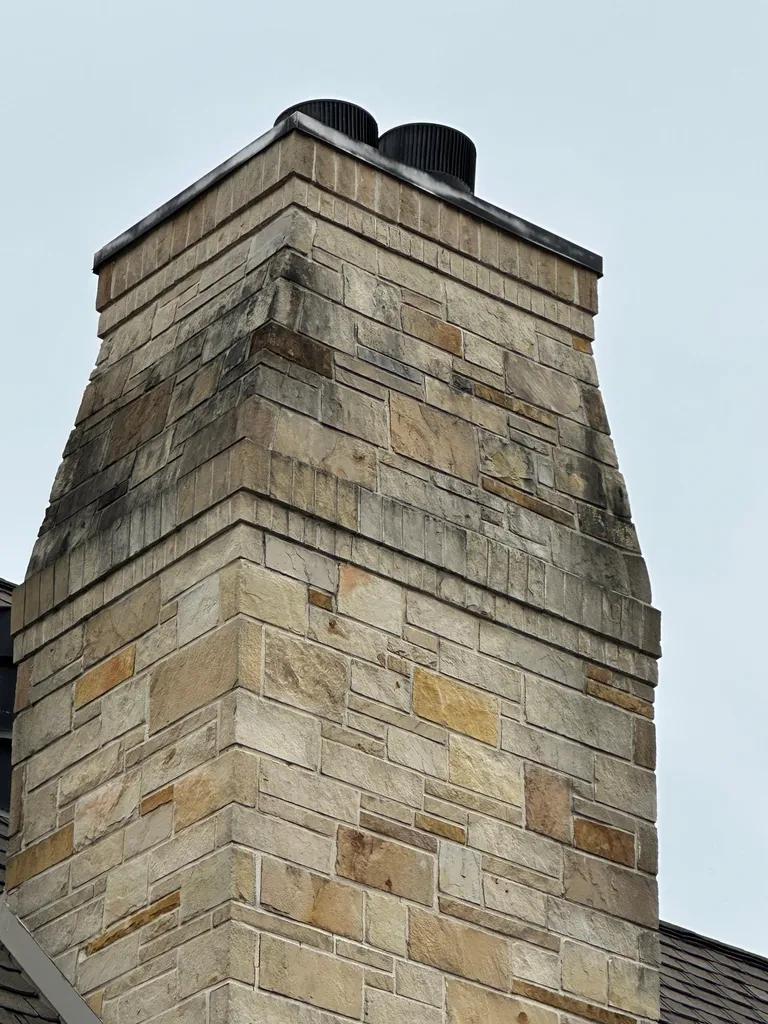Brick exteriors are known for their durability and timeless appeal, but over time, cracks may start to form, compromising not only the aesthetics of the building but also its structural integrity. In this article, we will explore the common causes of exterior brick cracks and provide guidance on how to identify and repair them effectively. Taking proactive measures to address these issues can help maintain the longevity and beauty of your property.
Table of Contents
- Identifying Common Causes of Exterior Brick Cracks
- Assessing the Severity of Brick Cracks
- Effective Repair Methods for Exterior Brick Cracks
- Preventative Measures to Avoid Future Cracking
- Q&A
- Closing Remarks

Identifying Common Causes of Exterior Brick Cracks
Exterior brick cracks can be a common issue that homeowners face, but it’s important to identify the root causes before attempting to repair them. By understanding what is causing the cracks, you can ensure that the repairs are effective and long-lasting. Here are some common causes of exterior brick cracks to look out for:
- Foundation Issues: Uneven settling or shifting of the foundation can put pressure on the bricks, causing cracks to form.
- Water Damage: Water infiltration can weaken the mortar between the bricks, leading to cracks over time.
- Temperature Changes: Extreme temperature fluctuations can cause the bricks to expand and contract, resulting in cracks.
Once you have identified the cause of the exterior brick cracks, it’s important to address the issue promptly to prevent further damage. Hiring a professional mason to assess the damage and make necessary repairs is recommended for more severe cases. By tackling the root cause of the cracks, you can ensure that your exterior bricks remain structurally sound and visually appealing for years to come.

Assessing the Severity of Brick Cracks
When it comes to on the exterior of a building, there are several key factors to consider. One of the first things to look at is the size of the crack. While small cracks may not pose a significant threat to the structural integrity of the building, larger cracks could indicate a more serious issue. Additionally, the location of the crack can also provide important information. Cracks that are located near windows, doors, or corners may be more concerning than cracks located in the middle of a wall.
Another important factor to consider when assessing brick cracks is the direction in which the crack is running. Vertical cracks are typically less serious than horizontal cracks, which could be a sign of a more serious structural problem. It’s also important to inspect the surrounding bricks for any signs of bulging or shifting, as this could indicate that the crack is related to movement in the foundation. If you notice any of these warning signs, it’s important to address the issue promptly to prevent further damage to the building.

Effective Repair Methods for Exterior Brick Cracks
When it comes to identifying and repairing exterior brick cracks, it is important to first assess the severity of the damage. Small cracks in bricks are common due to weathering and settling, but larger cracks may indicate a more serious issue that needs to be addressed. One effective method for repairing small cracks is to use a high-quality mortar mix that matches the color of the existing bricks. This will help to seal the crack and prevent water from seeping in and causing further damage.
For larger cracks or more extensive damage, it may be necessary to replace the damaged bricks entirely. This process involves carefully removing the damaged bricks, preparing the area, and then installing new bricks in their place. It is important to pay close attention to the mortar joints when replacing bricks to ensure a seamless and durable repair. By taking the time to properly identify and repair exterior brick cracks, homeowners can prevent further damage and maintain the structural integrity of their home.

Preventative Measures to Avoid Future Cracking
One of the key in exterior brick walls is to regularly inspect and maintain the mortar joints. Over time, weather conditions and natural wear and tear can cause the mortar to deteriorate, leading to cracks in the brickwork. By identifying and repairing any damaged mortar joints promptly, you can help prevent further cracking and structural issues.
Another important preventative measure is to ensure proper drainage around the foundation of your building. Poor drainage can result in excess water seeping into the soil around the foundation, which can put pressure on the exterior brick walls and cause them to crack. By maintaining gutters, downspouts, and grading around the building, you can help divert water away from the foundation and protect your brickwork. Regularly inspecting and addressing any drainage issues can go a long way in preventing future cracking and preserving the integrity of your exterior brick walls.
| Preventative Measure | Description |
|---|---|
| Inspect and repair mortar joints | Regularly check for damaged mortar and repair promptly to prevent cracking. |
| Ensure proper drainage | Maintain gutters, downspouts, and grading to divert water away from the foundation. |
Q&A
Q: Why is it important to identify and repair exterior brick cracks?
A: Exterior brick cracks can allow moisture to seep into the foundation of a building, leading to potentially costly structural damage over time. Identifying and repairing these cracks is crucial in maintaining the integrity of the building.
Q: What are some common causes of exterior brick cracks?
A: Exterior brick cracks can be caused by a variety of factors, including settling of the foundation, temperature fluctuations, water damage, and poor construction techniques. It is important to identify the root cause of the cracks in order to effectively repair them.
Q: How can I identify exterior brick cracks on my building?
A: Exterior brick cracks are often visible to the naked eye, but they can also be detected by performing a thorough visual inspection of the building. Look for cracks that are wider than 1/16 of an inch, as well as any bulging or bowing of the brick.
Q: What are some common methods for repairing exterior brick cracks?
A: The method for repairing exterior brick cracks will depend on the severity of the damage. Some common repair techniques include tuckpointing, repointing, and replacing damaged bricks. It is important to consult a professional to determine the best course of action for your specific situation.
Q: How can I prevent exterior brick cracks from occurring in the future?
A: To prevent exterior brick cracks from occurring in the future, it is important to address any underlying issues that may be contributing to the damage. This may include ensuring proper drainage around the building, maintaining a consistent temperature inside the building, and using high-quality construction materials. Regular inspections and maintenance can also help to identify and address any potential issues before they become major problems.
Closing Remarks
In conclusion, identifying and repairing exterior brick cracks is an essential task for maintaining the structural integrity and aesthetic appeal of your property. By paying attention to warning signs such as cracked mortar joints or bulging bricks, and following the correct repair procedures outlined in this article, you can prevent further damage and ensure the longevity of your brickwork. Remember, when in doubt, it is always best to consult with a professional mason to assess the extent of the damage and recommend the most appropriate course of action. With proper maintenance and timely repairs, your exterior brickwork will not only remain beautiful but also stand the test of time. Thank you for reading and happy repairing!


